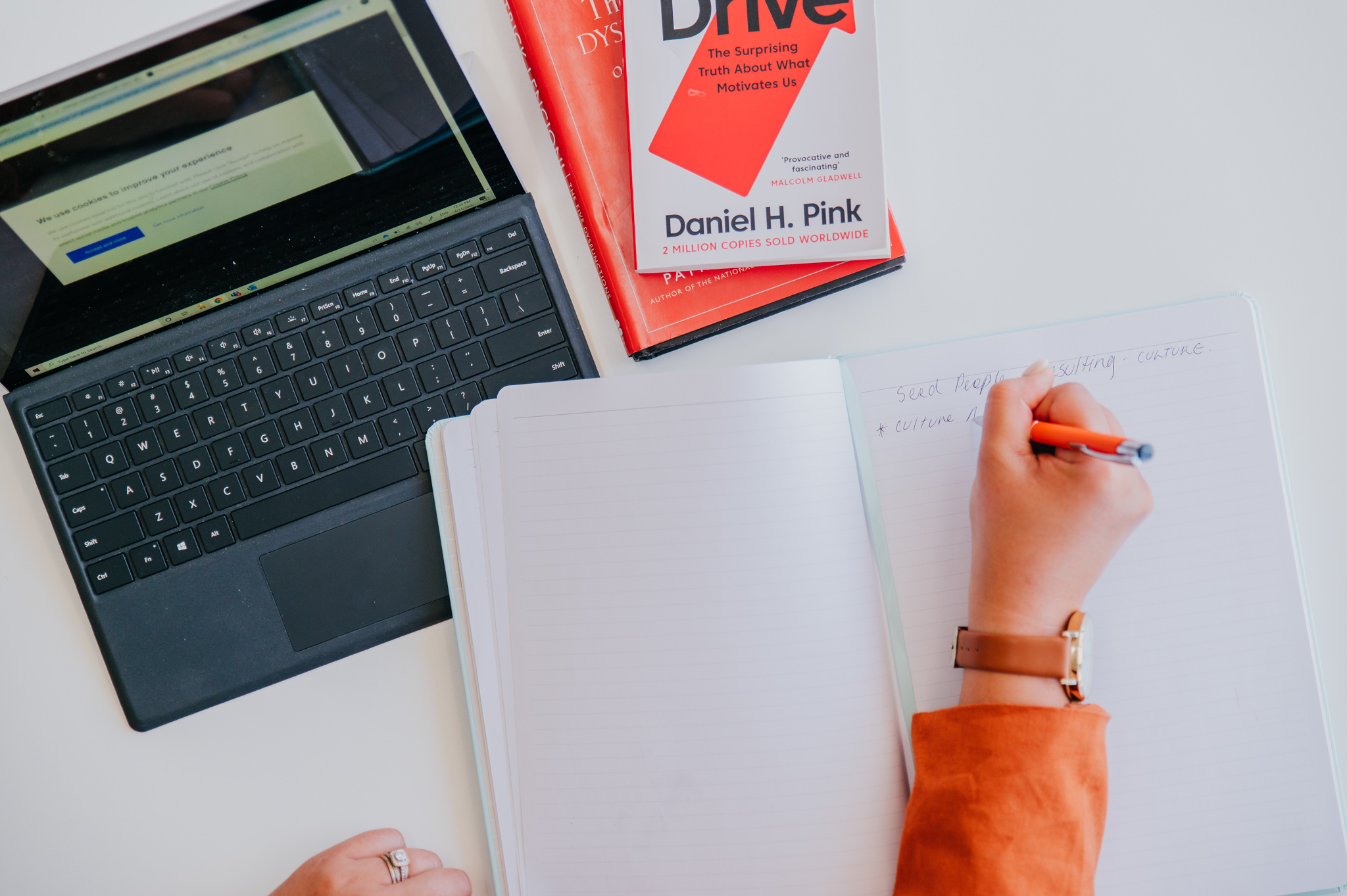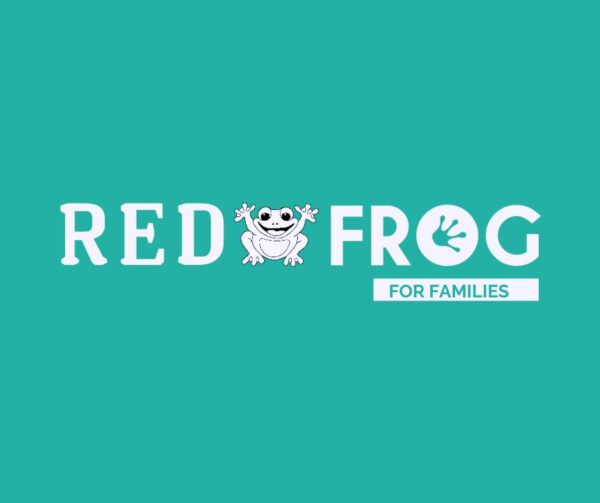In a pre-COVID world there were some managers who believed that work would not happen unless employees were physically in the workplace. As COVID forced most non-essential services employees to work from home, employers needed to rethink how their employees work.
Employers quickly realised that most of their employees were still productive despite working from home. We have one employer who has, in fact, seen a marked increase in productivity of their employees whilst working from home!
As we move into a “new normal”, some employers are moving to a “blended workplace.” In this, Part 2 of our 3 Part Series on transitioning to our next normal post COVID-19, we explore what that ‘blended workplace’ could look like, and how to support your employees to embrace this new way of working.
Introducing the ‘blended workplace’
There are two types of “blended workplace”:
- Employees who work specific days at home and specific days in the office; or
- Particular positions that are permanently remote working and/or positions that can only be performed in the workplace.
There is no ‘right answer’ on the approach; it’s all about building an approach that works for your business, your customers/clients and your employees.
If you’re going to adopt a blended workplace post COVID-19, here are our top 5 ways to help smooth the transition.
5 Ways to help smooth the transition to a blended workplace that works:
1. Workforce productivity: Employers should review what worked and what did not during COVID. This may include reflecting on performance review and employee engagement strategies to ensure they are equitable across those employees working remotely and in the workplace.
2. Leadership style: Are your current managers adaptable and capable to manage a blended workforce? Do your managers require development in leading or managing a blended workforce? Is the manager’s style flexible enough to accept that employees will have a higher degree of autonomy to manage their workload and deadlines?
3. Transition: For employees who are currently working from home and are expected to return to the workplace, ease these employees back into the workplace through a gradual transition. For example, start with working three days in the office and two days at home. Returning to the workplace full time may be overwhelming for some and may cause unnecessary stress and anxiety – and don’t forget your COVIDSafe Plan!
4. Environment: Working from home has allowed employees to reassess what makes them productive whilst they work. For example, some employees may have invested in indoor plants, put a diffuser on or listened to music whilst they worked at home. Encourage employees to share their ideas with what worked for them at home and whether it is suitable for the workplace.
5. Communication: Whether an employee is working remotely or in the office, communication is the key to ensure that everyone is on the same page. To do this, employers may need to invest in newer technologies for videoconferencing and chatting. It may even include augmented reality or merged reality (which allows employees to experience the workplace without leaving the home – think the Matrix!), which is common in the automotive industry.
A blended workplace is something that may be new and may take a while for everyone to adjust to. It is important to ensure employees are comfortable with the plan and are confident the plan is going to work. Without this, employees will not be productive and may suffer from anxiety and resistance to any further changes.
Want to know more?
To help your business ensure your employees are on board, Seed’s experience in change management can provide you with a tailored transition program which will ensure employees are engaged, happy and productive. Want to know more? Please contact Seed via our website seedpeopleconsulting.com.au




